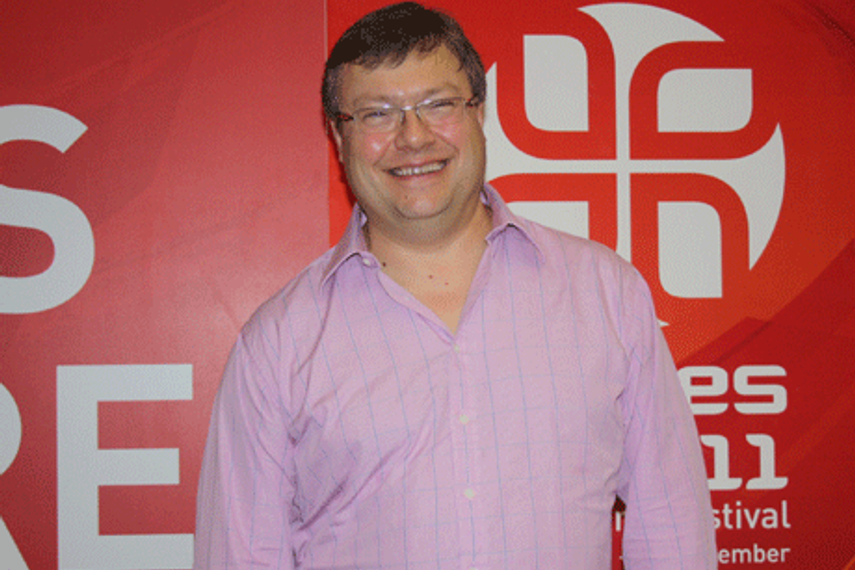
Please sign in or register
Existing users sign in here
Having trouble signing in?
Contact Customer Support at
[email protected]
or call+91 22 69489600
James Thompson, chief marketing officer, Asia Pacific chief marketing officer, Diageo, on the company’s India strategy and some interesting ideas being developed in China

Contact Customer Support at
[email protected]
or call+91 22 69489600
Top news, insights and analysis every weekday
Sign up for Campaign Bulletins
With advertising holdcos restructuring, HR heads and even CEOs need to hesitate before outsourcing these conversations to tech.
FutureBrand will now report to McCann’s local offices instead of McCann Worldgroup.
As the agency plants its flag in India, its founder and India head share the strategy behind its ‘Greater Southeast Asia’ ambition
A new campaign from Akshar Yoga Kendraa encourages citizens to adopt short daily breathwork practices amid worsening air-quality conditions.